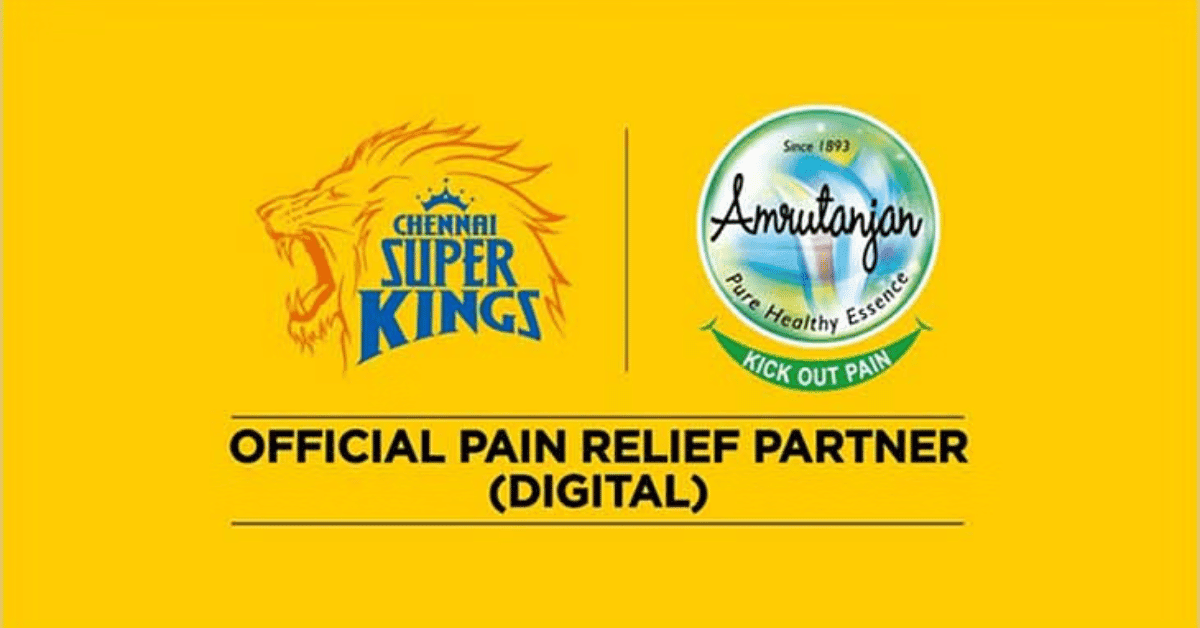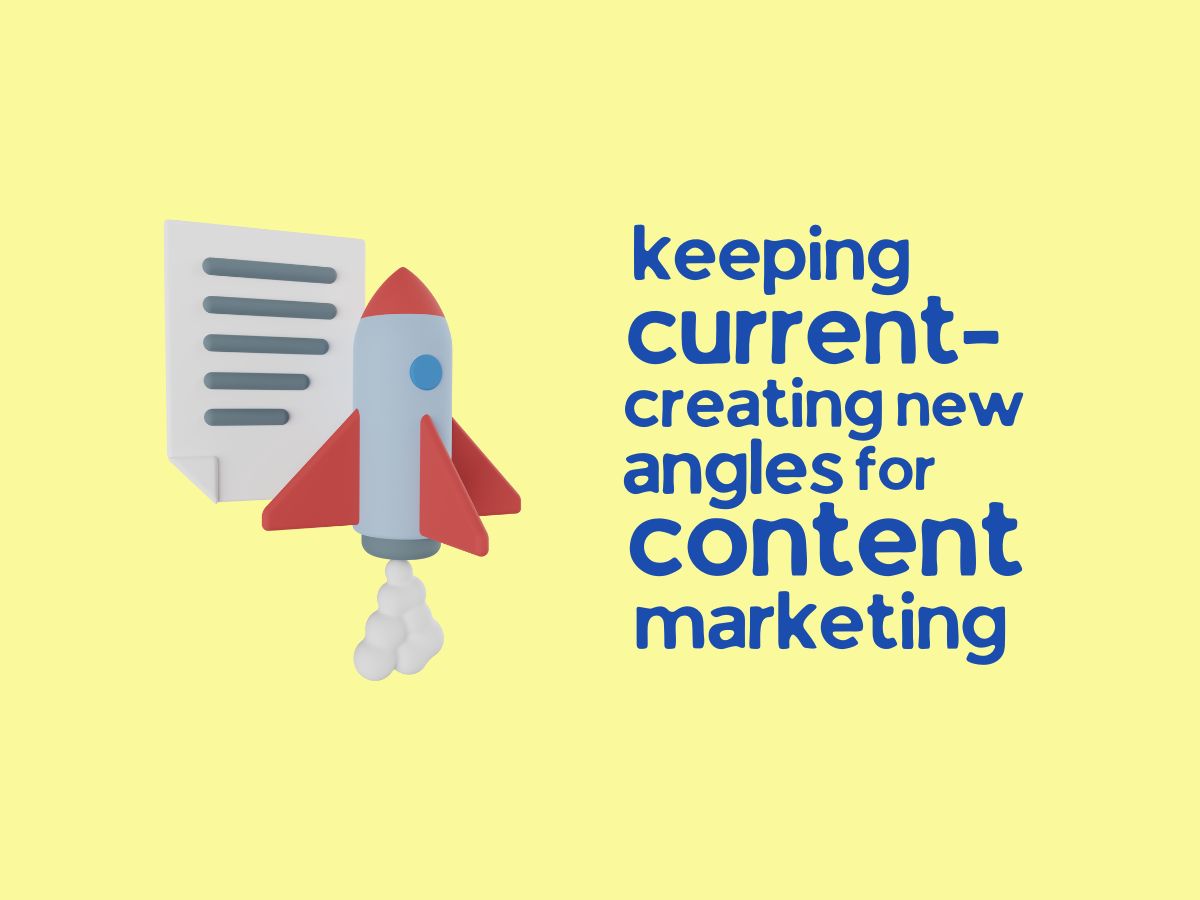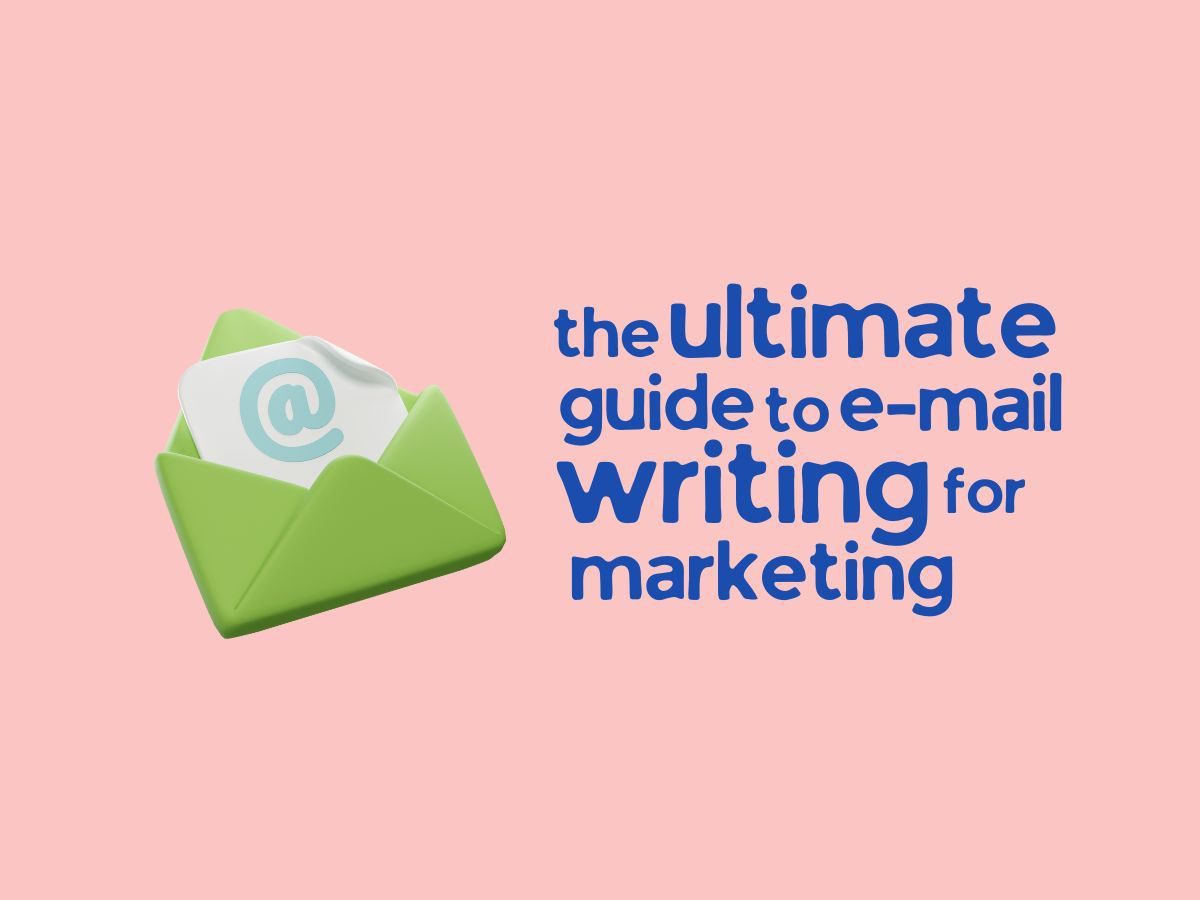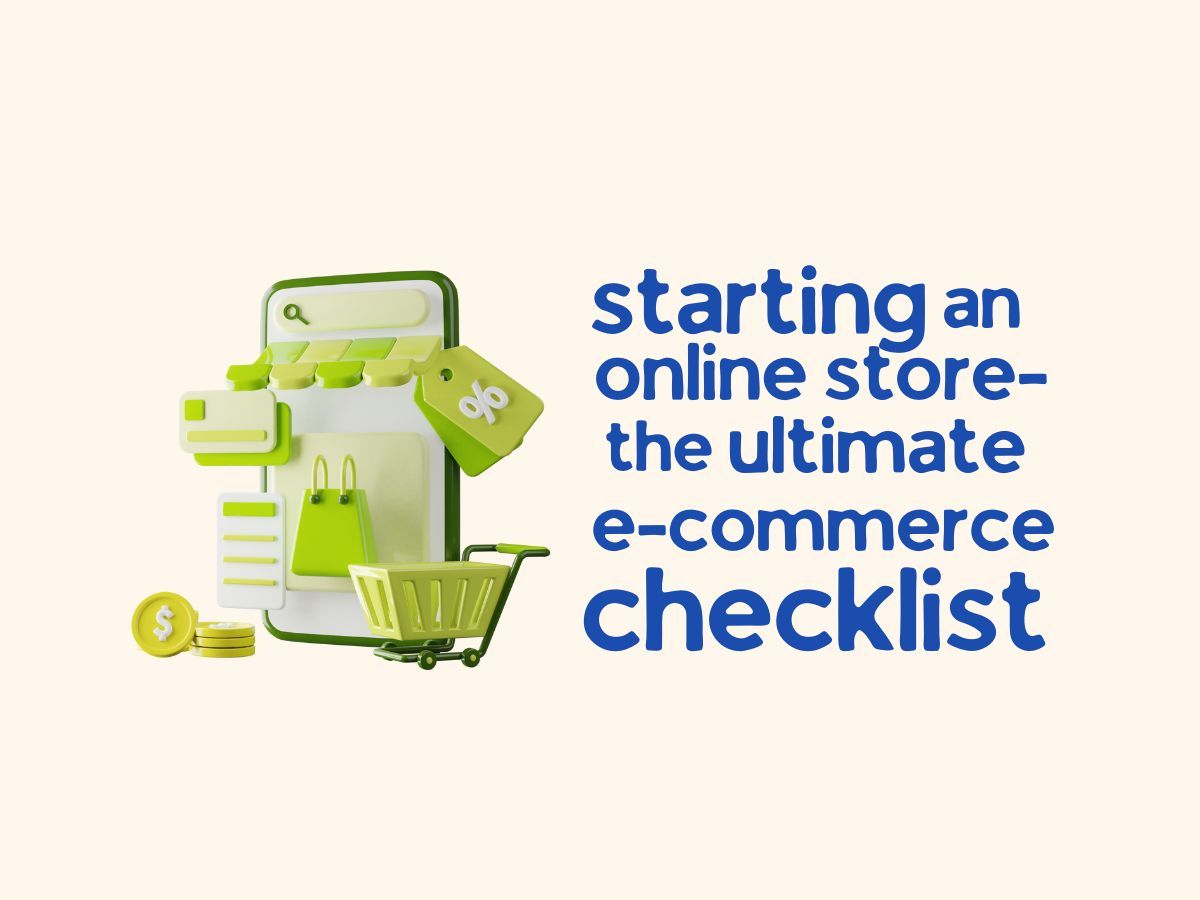How do you optimize your website for you business?
This Member Spotlight article summarizes one DMI member’s experience with successful websites. It’s all yours to play, so if you want to be in the digital marketing game and make a difference, submit your work for publication on our community review site!
Have you ever created a website and been disappointed with its performance? Or maybe you had a website that once worked pretty well, but no longer brings in sales?
If your website is not used as one of the important factors in selling your business, you may be in a trap.
After working on hundreds of websites and consulting with many business owners over the past 10 years, I have found that most business owners who need help with their website tend to fall into one of two traps:
1. Knowledge Trap
In my experience, many new entrepreneurs do not understand the importance of quality web design and marketing. They often underestimate the power of a professionally designed website, often mistaking the low price for value and choosing the cheapest web designer available.
Many new entrepreneurs don’t realize that all websites are not created equal. Think of it this way: Ferrari and Fiat Punto are both cars, but which one performs better? It’s the same with a website.
2. The Stagnation Trap
What worked for your site a few years ago may not work today. As more and more businesses are just beginning to understand the importance of successfully competing online, the competition for online visibility has intensified. Those who invest heavily in the continuous improvement of their websites and digital marketing will benefit, while those who stand still and stagnate will die.
So whether you’ve built a website that’s doing nothing for your business, or you’ve noticed a significant decline in your website’s performance, there’s hope. Below I will highlight some key areas that you need to focus on and improve if necessary.
3. Results
Everything we do online should facilitate conversion optimization. Conversion optimization is how we convert website visitors into buyers, effectively turning the website into a sales machine. There are four things you need to do to achieve this and if you do them right, you will see a big difference in sales;
- digital strategy
- quality website
- quality traffic
- ability to analyze and improve data
Here are four ways to make it more detailed:
1. Digital Strategy
Let’s be honest, did you have a digital strategy when you started your business and built your website? If the answer is no, don’t worry, many people don’t start with a digital strategy. But for the good of your business, it is very important that you do your homework first.
When you started your business, you would have had a business plan that gave you direction, a plan of action on how you plan to grow your business in the short to medium term. A digital strategy is very similar and also gives you an idea of what the competition is like online and what you need to do online to achieve your goals.
2. Quality Website
If you want a quality website that will have a significant positive impact on your business, you need to hire a quality website designer, and it doesn’t come cheap. A professional web designer just doesn’t work on the cheap, they don’t have to.
In my own experience it can be difficult to find the right designer in Ireland and the quality can vary. Many of my clients have had to use multiple designers after bad experiences.
3. Quality Traffic
There are many ways to generate quality traffic to your website, such as Google Ads, SEO, Social Media, but to make it simple, I like traffic either paid or free (or organic) Traffic.
Analyze and Improve
Without the ability to understand where our customers come from and how they interact with our website, we are in the dark. It’s not enough to install Google Analytics and just know how many visitors we get; we need to know where the valuable visitors or results are coming from.
Example: Imagine your website received 20 hits/visitors yesterday and three people contacted your business. How do you know which three of those 20 converted? Let’s say you discovered and realized that one channel or keyword generated 3 paying customers and the other 17 were useless. You want to focus on increasing the number of visitors through that channel or keyword and thus significantly increase your sales. This is achieved through tracking technology.
Results Tracking
Website tracking technology works best with PPC advertising campaigns. In the past, Google Analytics provided more detailed information to let us know which free keywords produced results, but unfortunately since 2011, Google has hidden this data for privacy reasons, making it difficult for us to understand how our free traffic is converting. However, when used in conjunction with paid advertising, we can see which ads work best. This maximizes the effectiveness of our advertising campaigns and reduces our advertising costs.
Social Media Performance Tracking
All social media advertising accounts like LinkedIn, Pinterest, and Facebook now offer a tracking code like the Facebook Pixel. By adding this tracking code to your website code, you can set up conversion tracking in your ad account. Depending on the platform you use, you will receive detailed instructions for tracking certain events such as button clicks, cart additions, etc.
Google Ads Conversion Tracking
Google Ads Conversion Tracking is best done by setting goals in Google Analytics. Finally, connect your Google Analytics account to your Google Ads account and import the goals back into Google Ads. It unifies your tracking between Google Analytics and Google Ads, giving you a single source of truth about conversions.
Top tip: After about 6 months of advertising you should see a pattern, for example you might have 2 campaigns with 5 ads in each campaign. You may find that only 2 out of 10 of these ads convert. With this information, you can make an informed decision and eliminate ads that are costing you money, but not for you, and redirect your entire budget to what really works. This can have a dramatic effect on sales.
Conclusion
If your website is not working for your business, the main areas to focus on are; digital strategy, high quality website, high quality traffic and the ability to analyze data and make improvements. With a digital strategy, we have a plan on how to achieve our goals. On premium websites, we are willing to collect customer contact information. When we drive quality traffic to our business, we have a much better chance of getting leads and making sales, and when we understand exactly where that quality traffic is coming from, we can laser-focus on what really works best for your business.




















